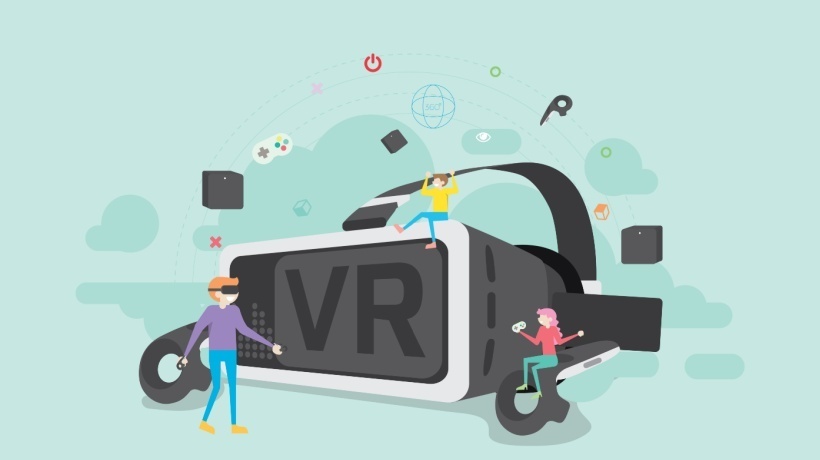Can Gamification Reduce Employee Turnover?
Ever since corporate organizations realized the power of gamification, and how it helps their employee Learning and Development programs to be more engaging and thus, more effective, the internet has been flooded with articles about the benefits of gamification. While some of these articles truly describe how gamification is a useful digital learning strategy, some of them hail gamification as some sort of “cure-all,” which it certainly is not. Like all digital learning strategies, gamification has its shortcomings and drawbacks. Also, most of these articles are repetitive, highlighting the same benefits of gamification, over and over again, with nothing new to add to the mix, and no new ideas to provide corporate organizations which they haven’t already tried. Hopefully, this article will help corporate organizations learn something new. In this article, we’ll discuss how gamification can help retain employees.
Employee Turnover: Can Gamification Really Solve It?
Frequent employee turnover is usually a symptom of a much more serious problem within an organization, which could range from low employee morale, lack of educational opportunities, lack of a promising career path to poor relations with the managers or colleagues, bad work environment or a number of other issues only a leaving employee could point to. Gamification doesn’t claim to be able to solve all of these problems, but there are certain problems that it can. Let us have a look at those.
1. Continuous Improvement
A number of employees need continuous improvement of knowledge and skills to be satisfied with where they work. If an organization cannot provide that, modern employees tend to leave. Almost every corporate organization has an employee Learning and Development or training program these days, but that isn’t enough for modern learners. Traditional methods of training, like classroom training or even webinar-based training, require employees to stop their assigned tasks and devote at least an hour or two to training. To top it all off, traditional training methods do not help employees retain as much knowledge, and most employees fall victim to the forgetting curve in a matter of months. The result? Training is a complete failure.
Gamification, on the other hand, combined with modern digital learning strategies, like mobile learning and microlearning, provides employees with short courses that are fun and engaging and have game-elements, like points, levels, rewards, and leaderboards. What’s even better, mobile learning allows them to take courses anywhere, anytime, without having to leave their assigned tasks.
2. Competition
Competition is one of the driving forces to success, excellence, and even satisfaction. Gamification allows employees to compete with each other on who has a better score on the leaderboards. These leaderboards show which employee has the most points, the most badges or achievements or the best timings in the attempted digital learning courses. Gamification can even be used outside of an L&D program by assigning points to real-life tasks, and providing badges and/or rewards for completing important tasks, or tasks that require extra-effort due to an approaching deadline. This way, employees are motivated to work harder, and with an improved attitude to compete with their peers and earn badges and rewards. This keeps them satisfied while helping them learn.
3. Collaboration
Collaboration is another understated aspect of employee satisfaction. Employees that identify themselves as a part of a team, and communicate with their team-members both in a professional, as well as personal manner, have fewer chances of quitting their organization. Gamification can be used to provide employees with gamified team challenges that require them to work together to complete tasks, learn and develop skills and knowledge, and/or compete with other teams or departments. This will create a stronger sense of camaraderie in employees, making the workplace feel more like a sports team striving for the same objective.
To conclude, gamification can, in fact, be used to keep employees happy and engaged and thus, keep them in the organization. Employee turnover hurts, and many a time it works like a chain reaction, where one employee quitting leads to more of them leaving the company. The above-mentioned points are not everything gamification does for employee retention. eLearning managers and designers must always keep experimenting with digital learning strategies, like gamification, microlearning, and mobile learning, to see if they can find other ways these can benefit the employees as well as the organization.










